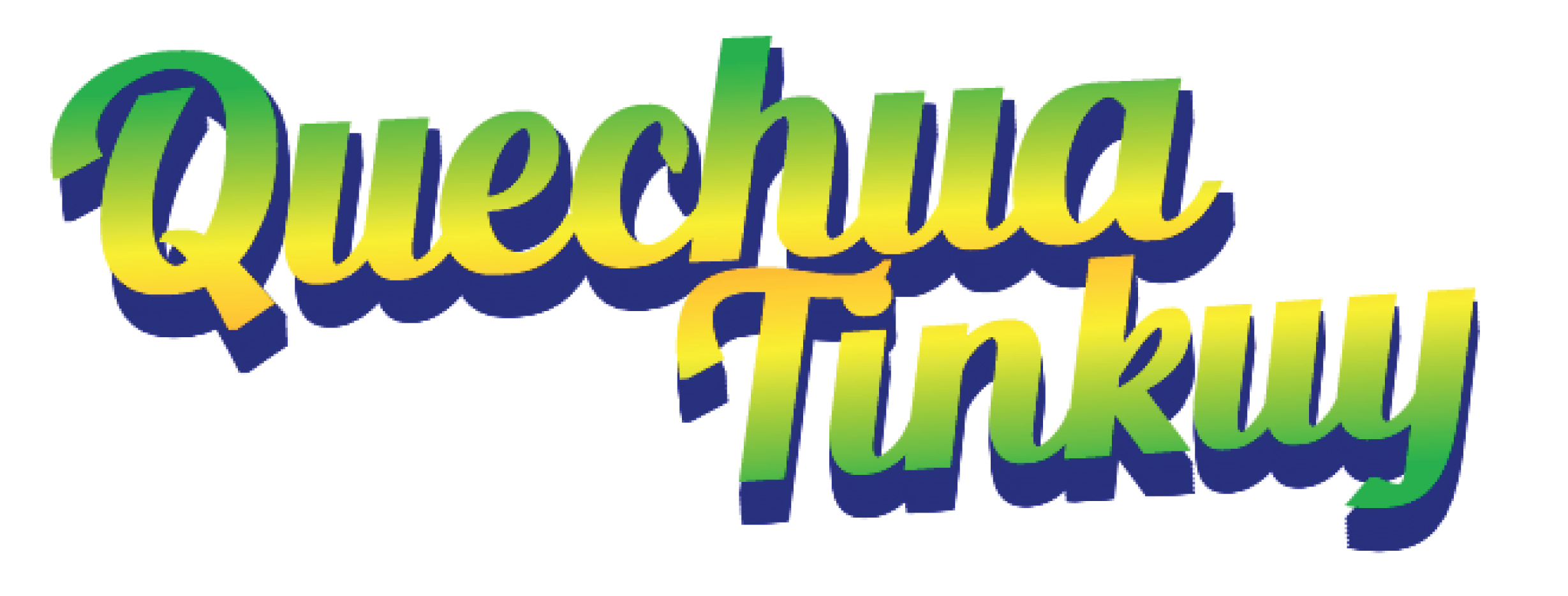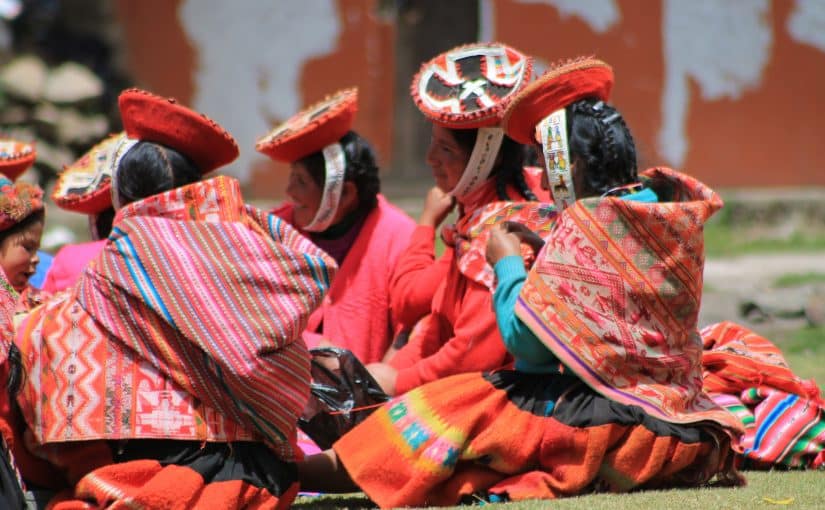
Qallarinapaq | Introduction
In this unit you will learn the main expressions that are used to call someone's attention, for this the marker, "y" will be fundamental in the in this construction. In the same way, in this unit you will learn the demonstrative pronouns depending on each personal pronoun.
For example:
"Y" marker
Uyariy – listen
Personal Pronouns:
Kay libru – this book
Chay qowi – that guinea pig
Ready?
¡Qallarisun! / Let's get started!

Qillqa | Gramática
When we refer to the main expressions to call someone's attention, the different uses of the "y" marker should be kept in mind. Take into account these three different uses:
- As a marker when we address another person. Example: Uyariand turay Juan (listen brother Juan).
- As the infinitive marker. For example: pukllaand – to play, yachachiand – to teach, llan’kaand – to work.
- As a first person possessive. For example: Ñañachaand – my sister, turachay – my brother.
In the same way, in this unit we will address the demonstrative pronouns and their derivations for each personal pronoun that is first, second, and third person, for example: kay, chay, waq, haqay, kaykuna, chaykuna, waqkuna, haqaykuna.
Note: Remember the plural marker «kuna» (see Yachana 3 for reference), for example:
Only one house is huq wasi.
More than one house is wasikuna.
Main expressions:
| Quechua | English |
|---|---|
| Uyariy sipas | Listen young lady |
| Uyariy wayna | Listen young man |
| Uyariy warma | Listen boy, girl |
| Uyariy yau! | Listen |
Some other expressions to keep in mind are the following:
Qhaway Pedro – Look, Pedro
Llank’ay Felipe – Work, Felipe
Riqch’ariy turay – Wake up, brother
Ñawinchay liwruykita wayna – Read the book, boy, girl
Away panay – Weave, sister
Pay attention to the following dialogues and identify the expressions to call attention:
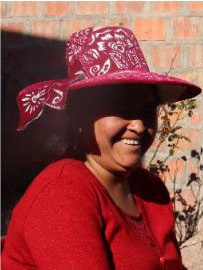
Matilde:
Uyariy turay Juan.
Uyariy ñañay Maria.
Uyariychis ñañaykuna.
Uyariychis yaukuna.
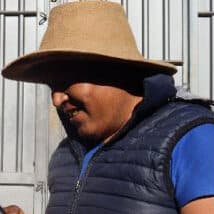
Roger: Uyariy panay Matilde.
Uyariy wayqey Aurelio.
Uyariychis wayqeykuna.
Uyariychis wayquepanaykuna.

Matilde: Uyariy turay Roger.
Roger: Uyarishanin panay Matilde



Matilde: ¿Allillanchu kashanki turachay Roger?
Roger: Allillanmi kashani panachay Matilde. ¿Qanri?
Matilde: Ñuqaqa allillanmi kashani turachay. ¿Maytan rishanki?
Roger: Papatan allarani qayninpa panay, chaytan quatusaq domingu feriapi.
Matilde: Kusa Roger, ichaqa wayrawasipin uyarirani domingu feriamantaqa, manas kanqachu hamuq killakunaqa.
Roger: Manan chaytaqa yacharanichu panay.
Matilde: Yau Roger, wayrawasita uyariy, chaypin sapa p’unchay feriamanta rimanku periodistakuna.
Riqsichiq sutin rantinkuna / demonstrative pronouns:
Ch’ulla / Singular
| This | |
| That | |
| that (over there) | |
| that (way over there) |
Ashka / Plural
| These | |
| Those | |
| Those (over there) | |
| Those (way over there) |
Singular:
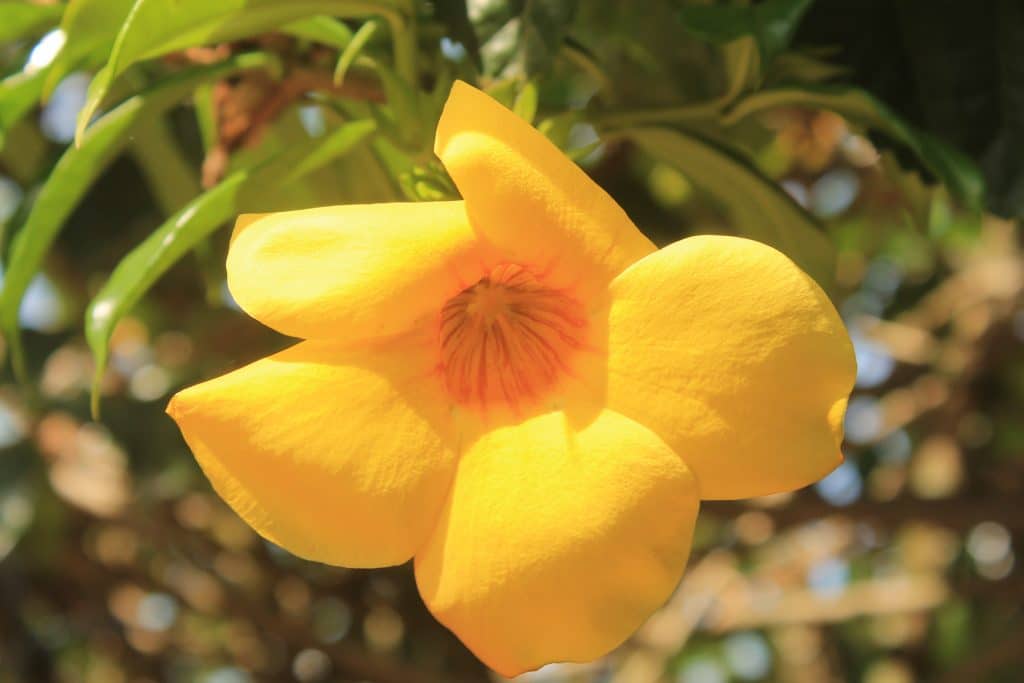
This flower
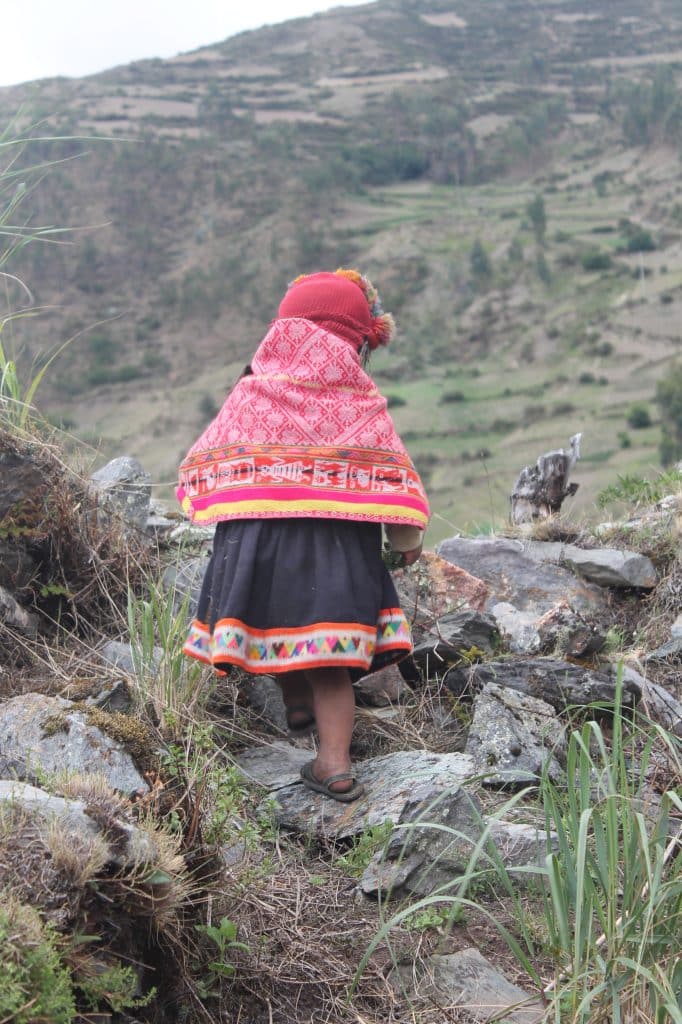
That girl
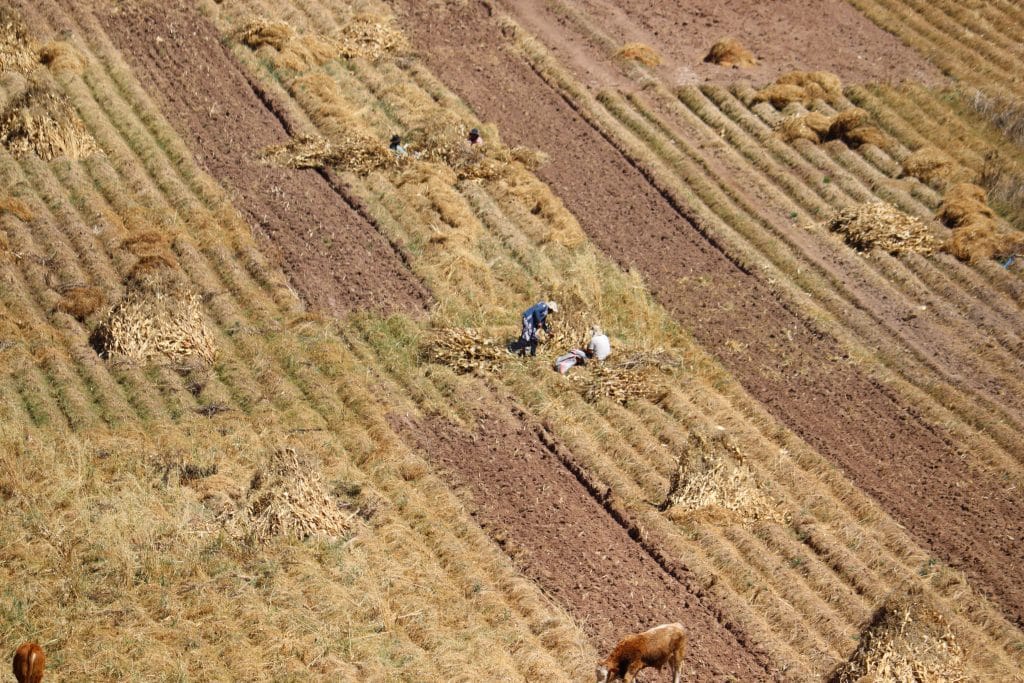
That person (over there)
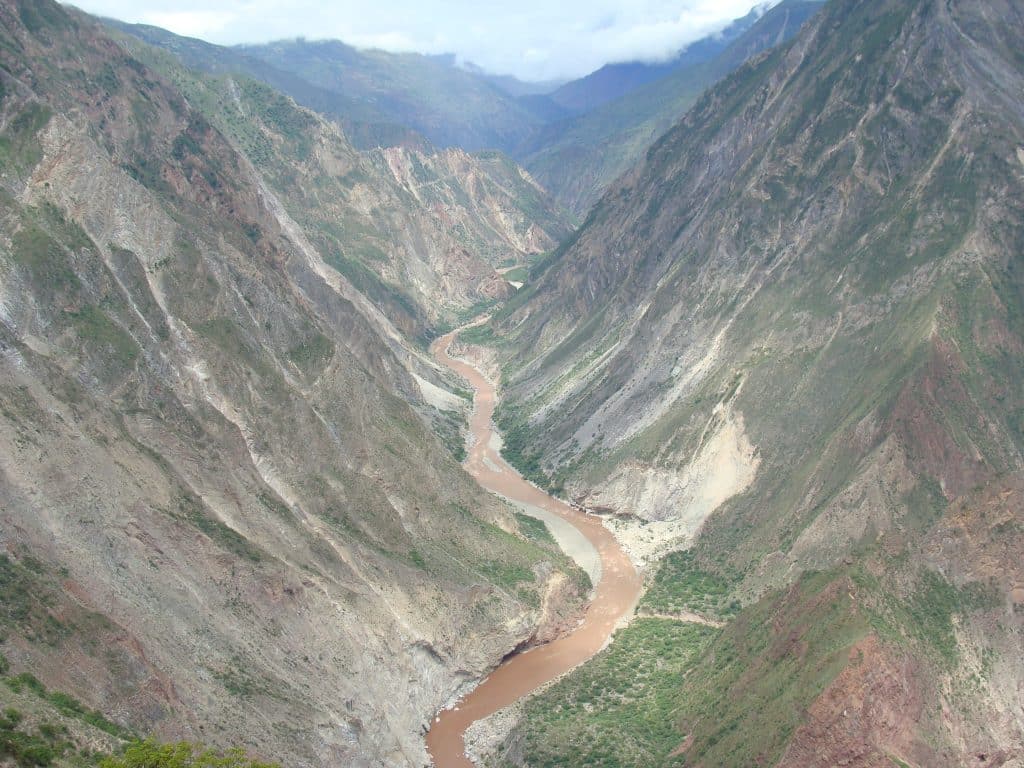
That river (way over there)
Plural:
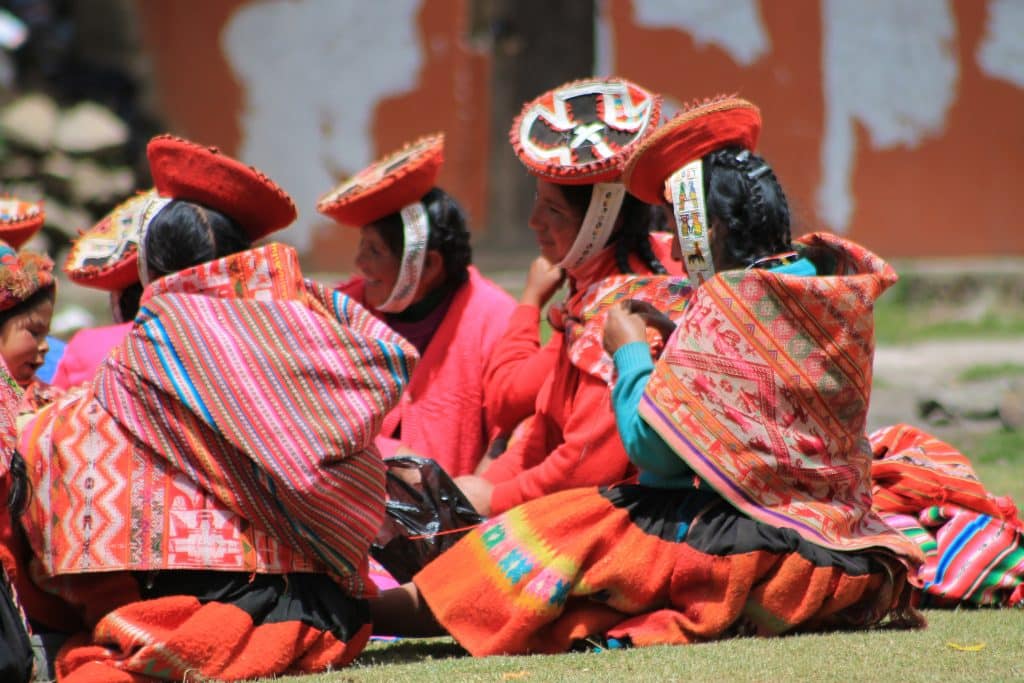
These women
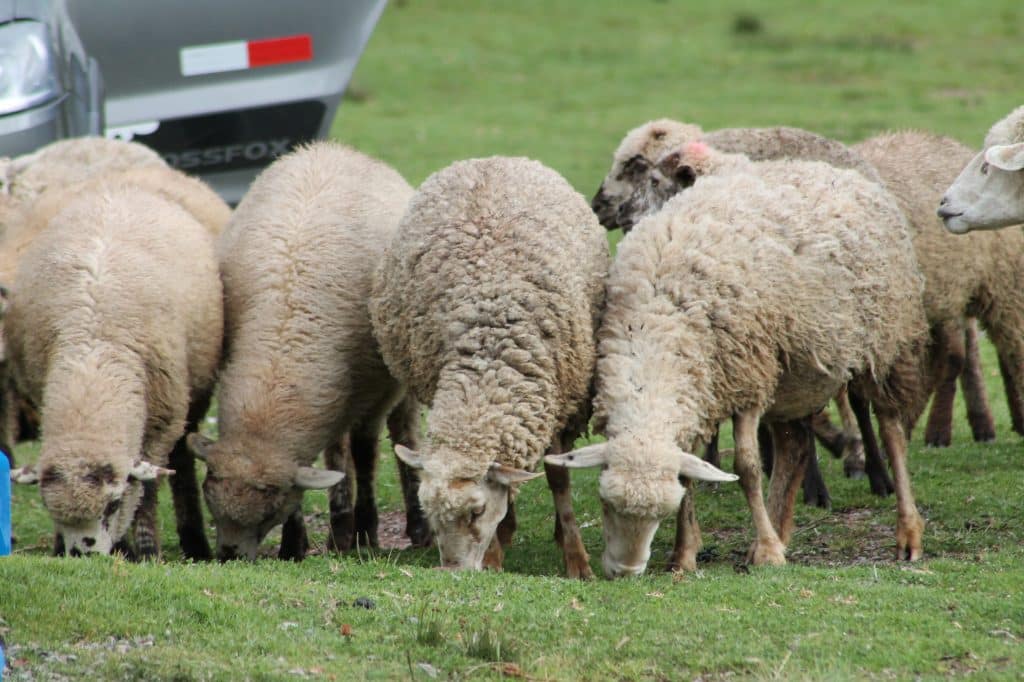
Those eight, white sheep
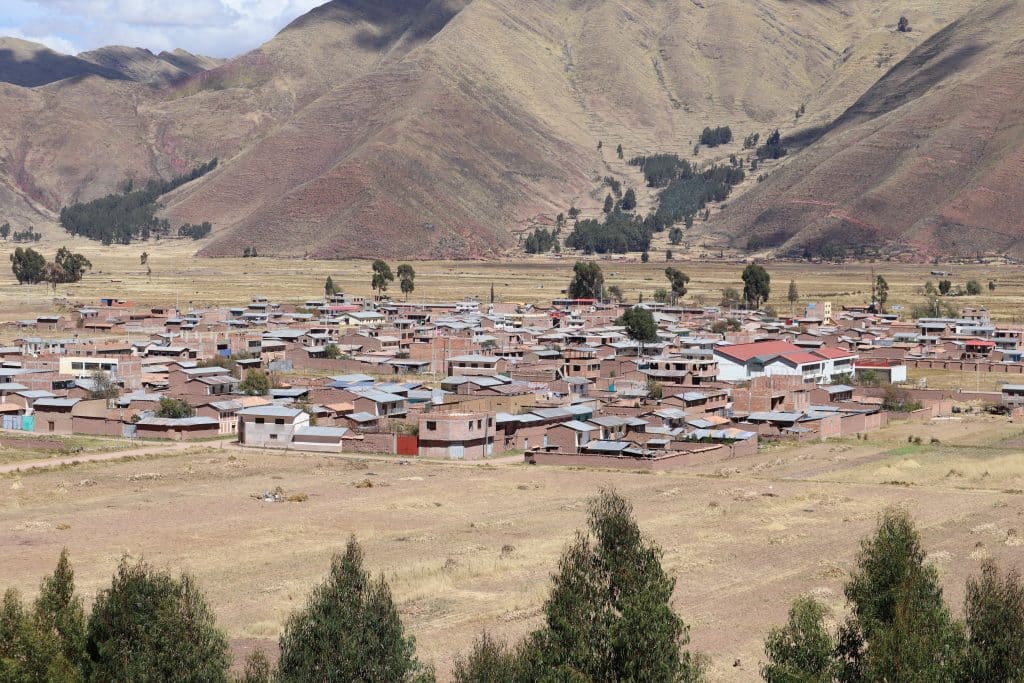
Look at those houses (over there)
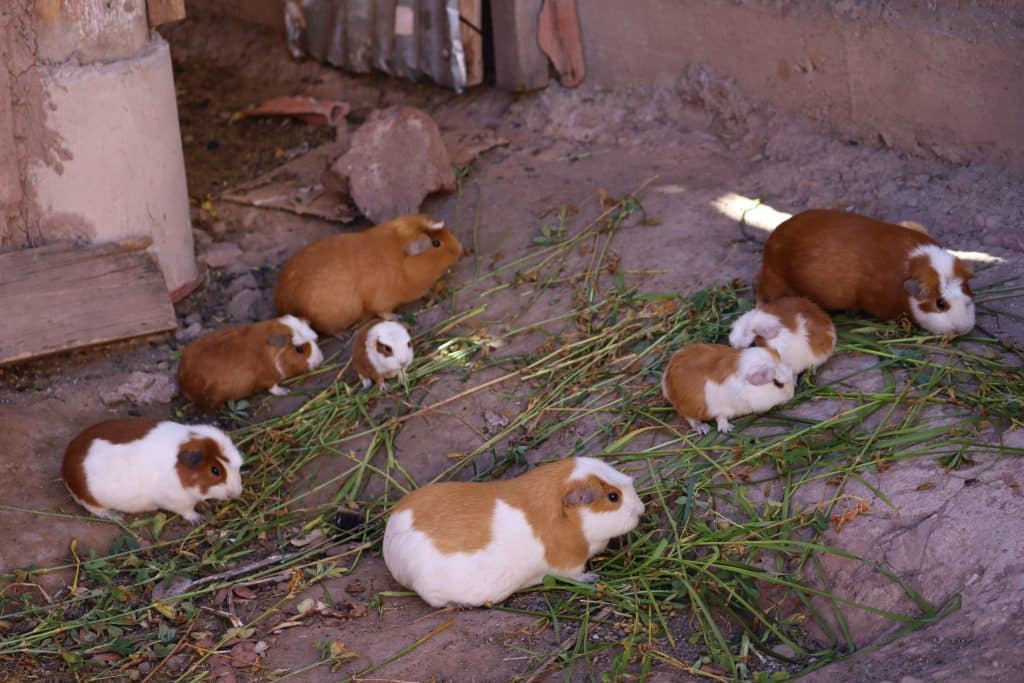
Grab those guinea pigs (way over there)
Demonstrative pronouns – Riqsichiq sutin rantinkuna
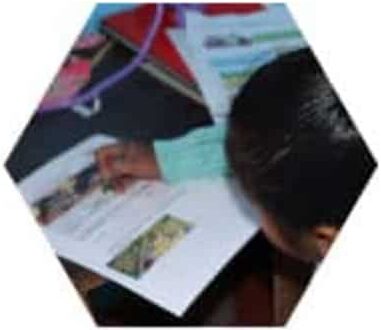
Ñawinchay chay liwrukunata
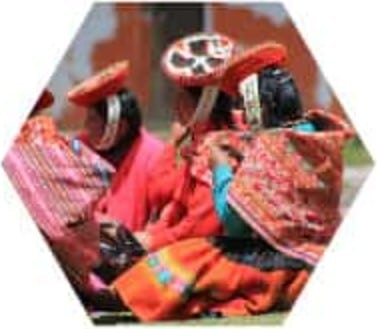
Waq warmikunaqa Willoqmanta kanku
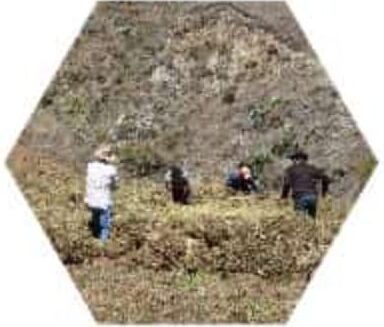
Chay runakuna chaqraypi llank’anku
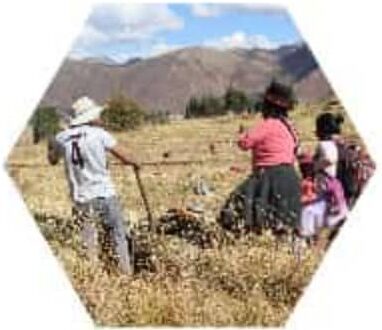
Haqay runakunaqa faenapi yanapanku
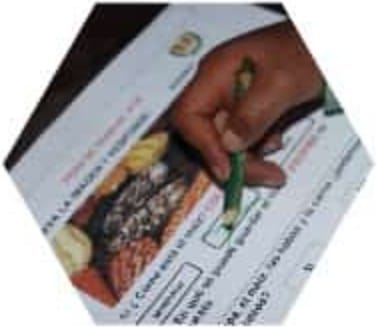
Kay liwrukunaqa Comunicacionmanta
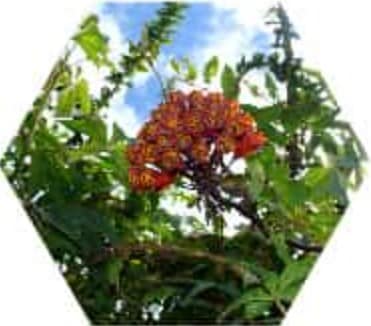
Kay waytaqa Calcamanta
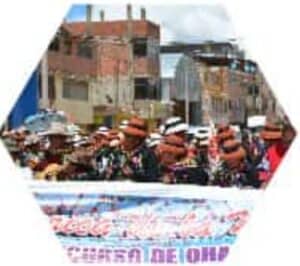
Haqay tusukunaqa Cotabambasmanta kanku
Remember that at the beginning of this unit we went over the three uses of the "y" marker: (a) to call someone's attention: Uyariand!, (b) as an infinitive marker: puñuand – to sleep, mihkuand – to eat, and (c) as a possessive: nañachaand – my sister, turachaand – my brother.
Next, we will look at some commands and infinitive markers:
| Riku-y | To see |
| Ri-y | To go |
| Ka-y | To be |
| Rima-y | To talk |
| Muna-y | To want |
| Tari-y | To find |
| Qu-y | To give |
| Qhapari-y | To shout |
| Malli-y | To taste |
| Tapu-y | To ask |
| Kulla-y | To love |
| Riku-y | To see |
| Ri-y | To go |
| Ka-y | To be |
| Rima-y | To talk |
| Muna-y | To want |
| Tari-y | To find |
| Qu-y | To give |
| Qhapari-y | To shout |
| Malli-y | To taste |
| Tapu-y | To ask |
| Kulla-y | To love |
| Ranti-y | To buy |
| Wañu-y | To die |
| Kacha-y | To drop |
| Yanapa-y | To help |
| Tuku-y | To finish |
| Apay | To bring |
| Kuti-y | To go back |
| Suya-y | to wait |
| P’aki-y | To break |
| Chaski-y | To receive |
| Qalla-y | To trow |
| Ranti-y | To buy |
| Wañu-y | To die |
| Kacha-y | To drop |
| Yanapa-y | To help |
| Tuku-y | To finish |
| Apay | To bring |
| Kuti-y | To go back |
| Suya-y | to wait |
| P’aki-y | To break |
| Chaski-y | To receive |
| Qalla-y | To trow |
| T’iqra-y | To flip |
| Ripu-y | To get out |
| Chura-y | To put |
| Ruwa-y | To do |
| Riqch’a-y | To wake up |
| Ayni-y | To help each other |
| Qawa-y | To see |
| Yupa-y | To count |
| Kausa-y | To live |
| Iñi-y | To believe |
| Llank’a-y | To work |
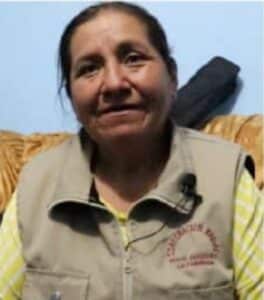
Santusa: Ñañay Noemi, ñañay chay bolata t’aqllay.
Noemi: Ari ñañay, t’aqllashanin. Qanpas t’aqllay ñañay.
Santusa: Kusa kusa ñañay.
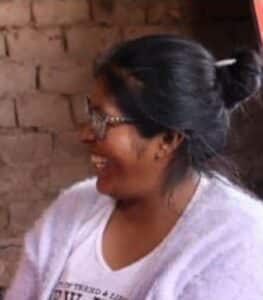

Rimanakuna | Vocabulary
| Uyariy | to listen |
| Sipas | young woman |
| Wayna | young |
| Warma | boy, girl |
| Qhaway | to watch / to look |
| Riqch’ariy | to wake up |
| Away | to weave |
| Wayta | flower |
| Runa | person |
| Mayu | river |
| Warmi | woman |
| Yanapay | to help |

Ruwapakuy | Exercises
Now put what you have learned in this unit into practice. Read each sentence closely and in your notebook write the letter of the image that corresponds to each of them:
- Ñawinchay chay liwrukuna (___)
- Chay runakuna chaqraypi llank’anku. (___)
- Kay liwrukunaqa Comunicacionmanta. (___)
- Waq warmikunaqa Willoqmanta kanku. (___)
- Haqay runakunaqa faenapi yanapanku (___)
- Kay waytaqa Calcamanta. (___)
- Haqay tusuqkunaqa Cotabambasmanta kanku. (___)
- this communications book
- Those dancers (way over there) are from Cotabambas.
- Read those books.
- Those people (way over there) help with the chores.
- This flower is from Calca.
- Those people work in the chakra.
- Those women (over there) are from Willoq.
Answers
- c
- f
- a
- g
- d
- e
- b
